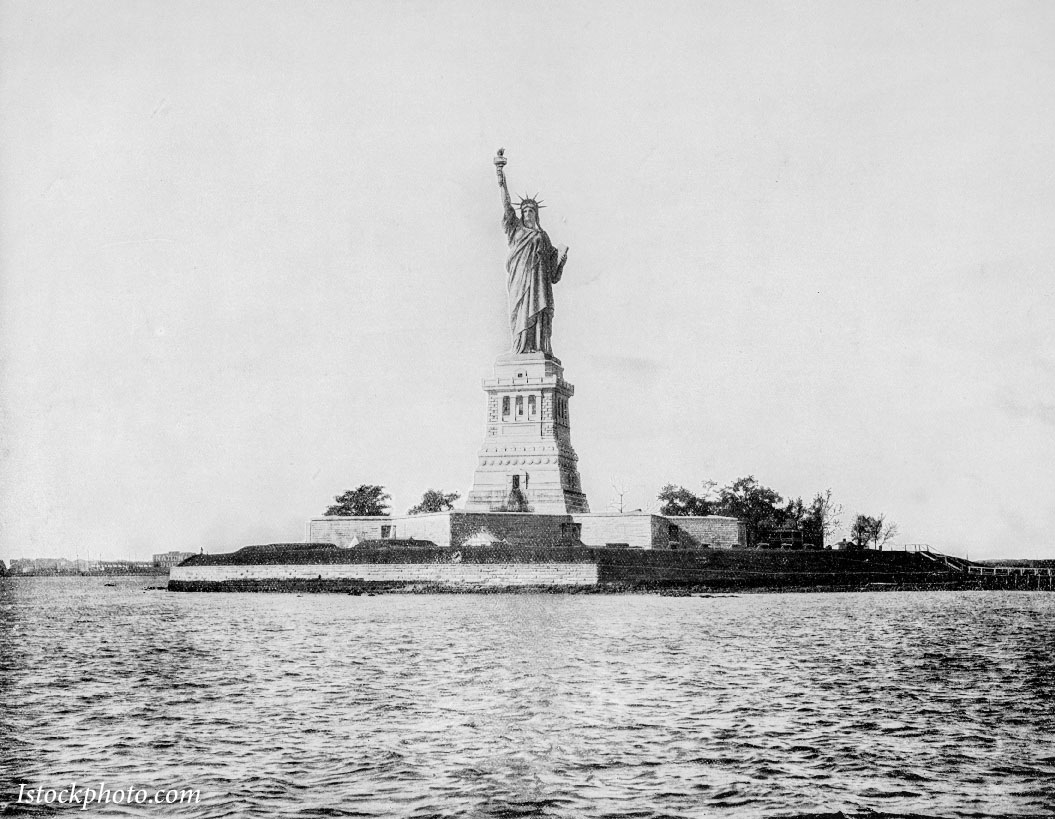
There is a shifting public perception regarding the value of universities both to society in general as a public good, and to individuals as a private good, according to a recent Gallop study. It is sad for me. I have been involved in university work of sundry kinds since 1975. Republicans, Democrats and the general population all concur: “It ain’t what it used to be.” Likewise, banks, the presidency, and religious enterprises are perceived with cynicism. Congress is in the basement at 11%, and the same survey records the military as held in the highest esteem by 74% of voters.
To be sure, the benefits of universities are both economic and non-economic and, simultaneously, public and private. Lifetime earnings of college graduates are higher creating a private benefit. According to The Conversation, the economic benefit that universities provide through faculty, staff and students spending money near campuses is significant but difficult to calibrate. Economists and planners try to calculate the amount of pizza that students eat, the property taxes that faculty and staff pay and the value of goods and services that accrue to host communities. These are the very same arguments that justify allocating tax dollars to a football stadium or basketball arena. They have value, but these enterprises are not the same as a university.
There is growing trepidation that universities are increasingly monolithic from a political perspective. Informed observers, such as Business Insider, report there is bias on university campuses. There is one Republican faculty member for every ten Democrats according to a study reviewed by The Washington Times. University leadership is loath to talk about these issues because common ground is scant and becoming scantier.
In spite of these pervasive concerns, the perception is that higher education is a valuable resource, even when universities themselves are viewed with suspicion. Democrats value higher education and universities more warmly than Republicans do according to the Gallop study.
One overriding cause of these challenges is that universities have, by design or default, worked to become more similar to each other rather than more distinctive. Small rural serving institutions may want to look like a state flagship. The state flagship or the elite private institution serves a more geographically diverse population than the regional institution. A regional institution infected with “flagship envy” or “metropolitan envy” will have to contort itself into something it is not, and cannot be, leaving valuable geographic and local cultural influences behind.
This pervasive pattern permeates legislative thinking: Statehouses use one set of measurements to assess all universities and their effectiveness. Those metrics applied independently of culture, circumstance and geography fall short. One example is six-year graduation rates—the percentage of freshmen that complete their studies in six years. Six-year graduation rates are higher at national universities, flagships or elite private institutions than they are at regional institutions. Of course they are. The idea that all students start college at 18 and finish preferably by 22, but in the worst case at 24 years of age, works on selective campuses. But it’s not good for institutions that encourage transfer from a community college or appeal to single parents that work and study while caring for a family. This reality is especially not good as a measure of quality according to the Chronicle of Higher Education.
For a regional institution to expect the same graduation rates as the state flagship is a fool’s errand. Setting expectations fitted to mission requires honest and open reflection on purpose, cost and the ability to serve those who come calling. Confidence in universities will grow when measures of effectiveness respond to institutional purpose and setting. In addition, the public will quickly realize that not all institutions are equal. The cost-value equation recognizes a lower-priced institution with less stringent admissions policy may graduate students at a lower rate than an international flagship.
This is a necessary and relevant consideration.
Recognition of purpose and place alone will increase public confidence in universities. It requires transparency from university leadership—not an apology but a commitment to mission and purpose that recognizes distinctiveness as strength, not weakness. When embraced, this simple institutional reality leads to forte not failure. It does not get much simpler than that. State agencies and boards that oversee multiple universities must find ways to create measures of effectiveness that are geographically and institutionally responsive and dependent on distinctive mission and purpose. One size fits one, as the old tailor’s admonition goes.
Whether Democrats or Republicans, urban or rural, with or without a university education, I know not. Moreover, who cares?
Shakespeare’s timeless counsel from the lips of Polonius to the ears of Laertes applies.
This above all: to thine own self be true,
And it must follow, as the night the day,
Thou canst not then be false to any man.



